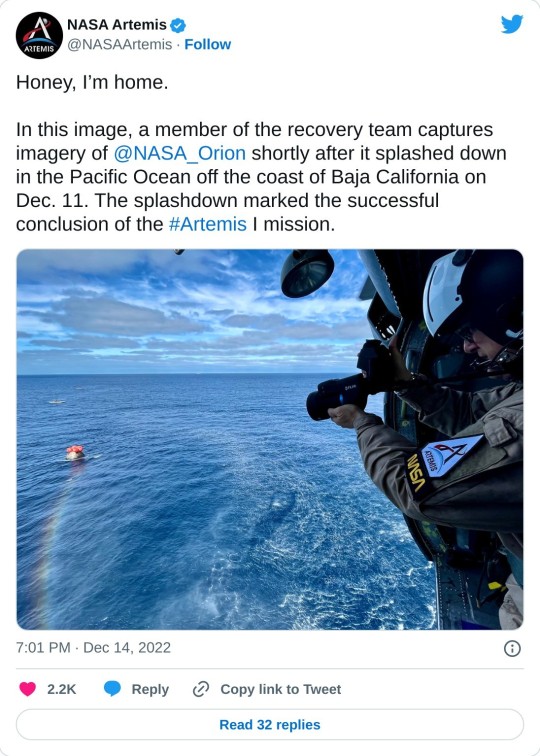#nasa orion
Text



Astronaut Snoopy is recovered from NASA’s Orion capsule after his trip around the Moon aboard Artemis I
#go for queue deploy#nasa#space#spaceflight#science#engineering#space exploration#artemis#spacecraft#nasa artemis#space launch system#technology#nasa sls#wearegoing#rocket#aerospace#artemis1#stem#nasa orion#orion#artemis 1#artemis program#snoopy#peanuts#charlie brown#astronaut
80 notes
·
View notes
Text


i am dying
#emo aesthetic#welcome to the black parade#nasa#nasa artemis#artemis#nasa orion#orion#moon#astronomy#astrophysics#galaxy#astrophotography#nasa moon mission#artemis i#international space station#iss#artemis mission#physics#aerospace#space#universe#hate putting tags on things but also i want ppl to see what i post#do u see my problem#og post
10 notes
·
View notes
Text
We are ready. 🚀
In just five days, the first launch opportunity of the integrated NASA SLS rocket and NASA Orion spacecraft will take place. The uncrewed #Artemis I mission around the Moon will pave the way for future crewed missions and begin a new chapter of exploration.
#NASA#we are ready#NASA SLS#NASA SLS rocket#moon exploration#space exploration#latinos#beautiful#beauty#space explorers#back to the moon#NASA Orion#artemis#moon mission#awesome video#so awesome
2 notes
·
View notes
Text

Orion Rising
5K notes
·
View notes
Text
Artemis to the surface lunar by 2024.

NASA is studying the addition of an Orion rendezvous demonstration to the Artemis 2 test flight to reduce overall mission risks to the subsequent Artemis 3 lunar landing from first-time operations. The Human Exploration and Operations Mission Directorate (HEOMD) is working with its Artemis Programs to evaluate some of the trade-offs from a range of options for an early rendezvous test for the spacecraft on its first crewed mission, such as what the rendezvous target would be and where in the mission the demonstration would take place.
Taking another look at Artemis 2 mission objectives is a part of a recent re-examination of how to meet the goal of landing of U.S. astronauts on the Moon again by the end of 2024. No decisions have been made yet, but favored options would stage the demonstrations early in Artemis 2 with minimal impact to existing, baselined objectives.
Early concepts for the Artemis 3 lunar landing mission included a complex sequence of Gateway, Human Landing System (HLS), and Orion launches and dockings, with multiple mission-critical activities being executed for the first time. HEOMD is looking to reduce mission dependencies, spacecraft complexities, and first-flight operations from Artemis 3.
Moving rendezvous and proximity operations (RPO) development up to be tested on Artemis 2 would provide additional opportunities to test the system and to incorporate lessons learned from the demonstration before it is essential to mission success on Artemis 3.
Considering rendezvous demonstration for Artemis 2 crewed test flight
NASA plans three Artemis missions to achieve the goal announced in March, 2019, of landing two U.S. astronauts on the Moon by the end of 2024. Two test flights of the agency’s Orion spacecraft and Space Launch System (SLS) rocket would precede the landing that would culminate the third mission.
Currently targeting launch late next year, Artemis 1 is a four to six week long uncrewed test that includes the first SLS launch which will send Orion on its first solo flight into a Distant Retrograde Orbit (DRO) of the Moon. Artemis 2 is currently baselined as a week and a half long crewed test flight for Orion.
Likely to fly no earlier than 2023, Orion would stay in Earth orbit on Artemis 2 for the first forty-two hours of the mission to fully demonstrate the capabilities of the spacecraft’s environmental control and life support system (ECLSS) that will be flying for the first time with a crew of four astronauts. A lunar flyby would follow one short and one long orbit around Earth.
#environmental control and life support system (ECLSS)#spacecraft#artemis ii#nasa orion#Human Exploration and Operations Mission Directorate (HEOMD)#lunar surface
0 notes
Text

M42 Orion Nebula © Hubble
#orion nebula#nasa#hubble telescope#space#astrophotography#stars#night sky#galaxy#planet#astronomy#solar system#cosmos#universe
2K notes
·
View notes
Text

Moonbound: One Year Since Artemis I
On this day last year, the Artemis I rocket and spacecraft lit up the sky and embarked on the revolutionary mission to the Moon and back. The first integrated flight test of the rocket and spacecraft continued for 25.5 days, validating NASA’s deep exploration systems and setting the stage for humanity’s return to the lunar surface.

On Nov. 16, 2022, the Space Launch System (SLS) rocket met or exceeded all expectations during its debut launch on Artemis I. The twin solid rocket booster motors responsible for producing more than 7 million pounds of thrust at liftoff reached their performance target, helping SLS and the Orion spacecraft reach a speed of about 4,000 mph in just over two minutes before the boosters separated.

Quite a few payloads caught a ride aboard the Orion spacecraft on the Artemis I mission: In addition to a number of small scientific satellites called CubeSats, a manikin named Commander Moonikin Campos sat in the commander’s seat. A Snoopy doll served as a zero-gravity indicator — something that floats inside the spacecraft to demonstrate microgravity.
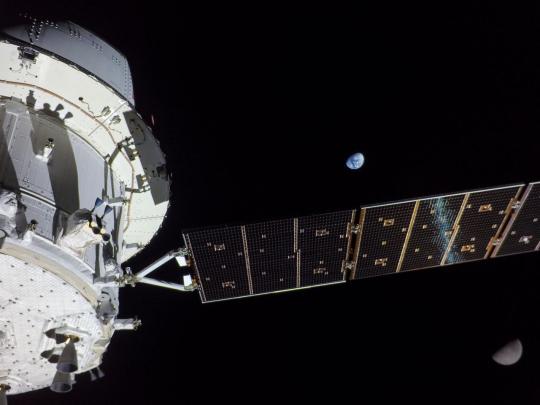
During the mission, Orion performed two lunar flybys, coming within 80 miles of the lunar surface. At its farthest distance during the mission, Orion traveled nearly 270,000 miles from our home planet, more than 1,000 times farther than where the International Space Station orbits Earth. This surpassed the record for distance traveled by a spacecraft designed to carry humans, previously set during Apollo 13.
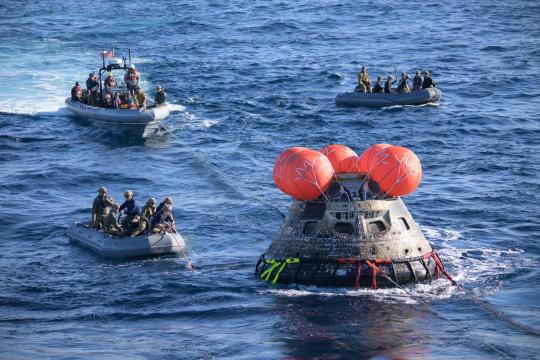
The Orion spacecraft arrived back home to planet Earth on Dec. 11, 2022. During re-entry, Orion endured temperatures about half as hot as the surface of the Sun at about 5,000 degrees Fahrenheit. Within about 20 minutes, Orion slowed from nearly 25,000 mph to about 20 mph for its parachute-assisted splashdown.
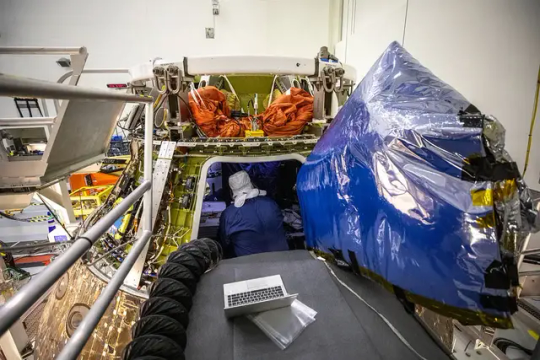
Recovery teams successfully retrieved the spacecraft and delivered it back to NASA’s Kennedy Space Center for de-servicing operations, which included removing the payloads (like Snoopy and Commander Moonikin Campos) and analyzing the heat shield.
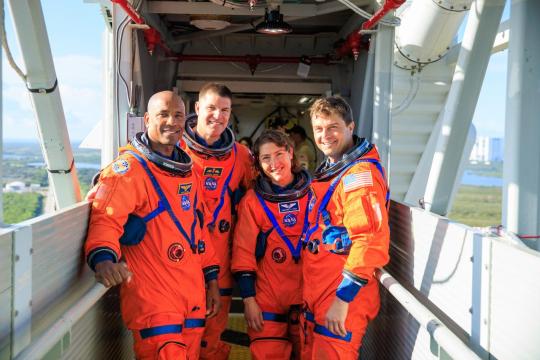
With the Artemis I mission under our belt, we look ahead to Artemis II — our first crewed mission to the Moon in over 50 years. Four astronauts will fly around the Moon inside Orion, practicing piloting the spacecraft and validating the spacecraft’s life support systems. The Artemis II crew includes: NASA astronauts Reid Wiseman, Victor Glover, and Christina Koch, and CSA astronaut Jeremy Hansen.
youtube
As we look ahead to Artemis II, we build upon the incredible success of the Artemis I mission and recognize the hard work and achievements of the entire Artemis team. Go Artemis!
Make sure to follow us on Tumblr for your regular dose of space!
#Artemis#Rocket#Anniversary#Launch#NASA#Space#Moon#Lunar#Astronaut#Apollo#Orion#Spacecraft#Space Launch System#STEM#science#tech#technology#on this day#Youtube
2K notes
·
View notes
Text
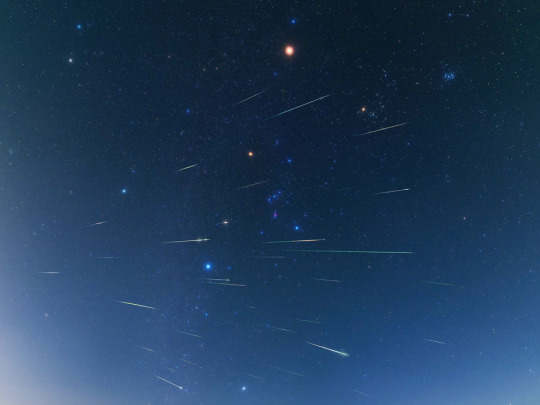
Meteors Strike Through Orion
#nasa#space#sky#solar system#astronomy#galaxy#stars#universe#science#bright#cosmos#cosmic#constellations#constellation#meteor#meteor shower#meteors#orion#nebula#rainbow
8K notes
·
View notes
Text
Orion Nebula

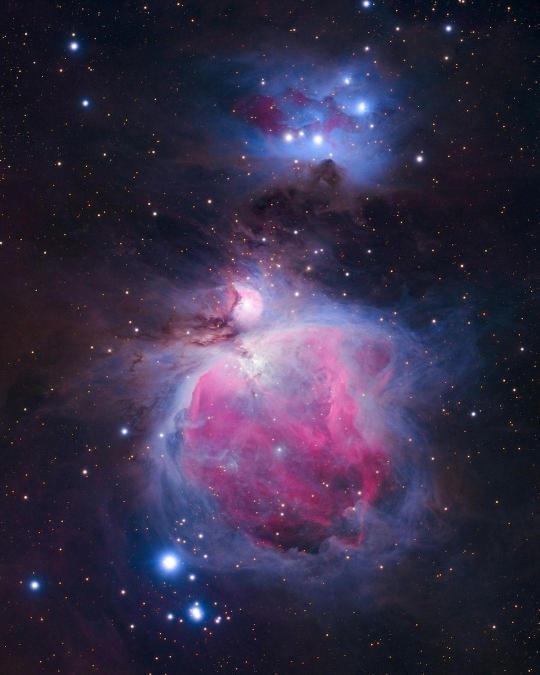

Orion Nebula
#astronomy#nasa#universe#astronomers#nasa photos#astrophysics#astrography#orion#orion nebula#nebula#astrology#astrophotography#astro observations#astro notes#astro community#nasa picture of the day#nasawebb#hubble space telescope#telescope#james webb space telescope#jwst images#sky#beautiful photos#space station#space science#space exploration#outer space#space#james webb space technology#space photography
1K notes
·
View notes
Photo




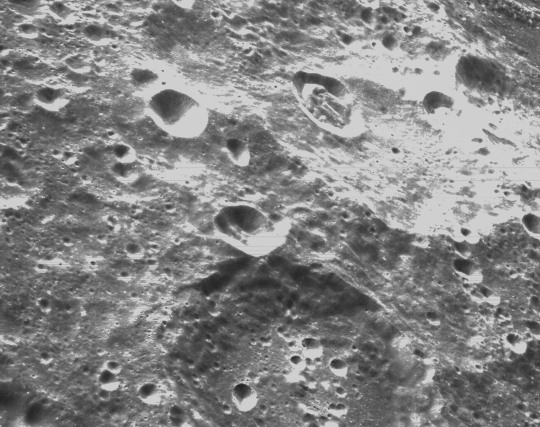



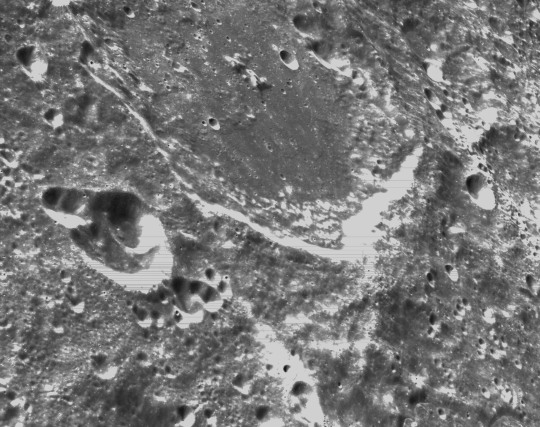

Orion’s view of the Moon during its closest encounter!
#artemis#nasa#nasa artemis#nasa sls#nasa orion#moon#lunar#orbit#space#space photography#spacecraft#spaceflight#space exploration#spaceship#mpcv#science#engineering#exploration
92 notes
·
View notes
Text
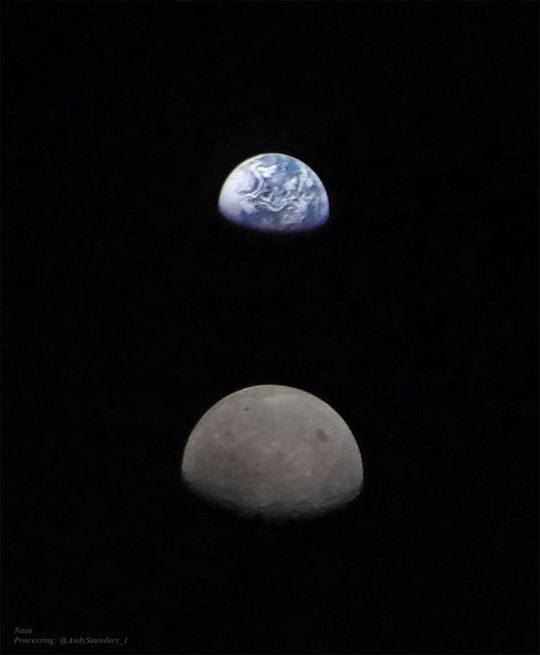
Earth and Moon From Beyond l NASA Artemis 1
#nasa#artemis 1#space#astronomy#astrophotography#universe#earth#moon#lunar far side#solar system#galaxy#night#stars#sky#planets#Orion spacecraft#apod
901 notes
·
View notes
Text
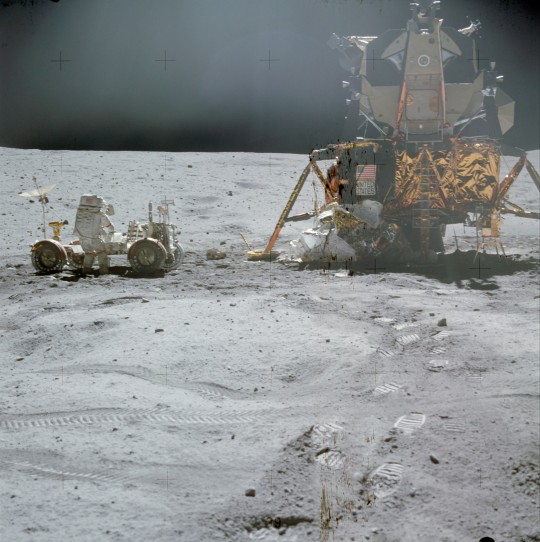
"Astronaut John W. Young, commander of the Apollo 16 lunar landing mission, works at the Lunar Roving Vehicle (LRV) just prior to deployment of the Apollo Lunar Surface Experiments Package (ALSEP) during the first extravehicular activity (EVA) on April 21, 1972. Note the Ultraviolet (UV) Camera/Spectrometer to the right of the Lunar Module ladder. Also, note the pile of protective/thermal foil under the U.S. flag on the LM which the astronauts pulled away to get to the Modular Equipment Storage Assembly (MESA) bay. While astronauts Young and Charles M. Duke Jr., lunar module pilot; descended in the Apollo 16 (LM-11) 'Orion' to explore the Descartes highlands landing site on the moon, astronaut Thomas K. Mattingly II, command module pilot, remained with the Command and Service Modules (CSM-113) 'Casper' in lunar orbit."
Date: April 21, 1972
NASA ID: AS16-116-18578
#Apollo 16#LM-11#Orion#Lunar Module#NASA#Apollo Program#J-type mission#Lunar Rover#Moon#April#1972#my post
58 notes
·
View notes
Text
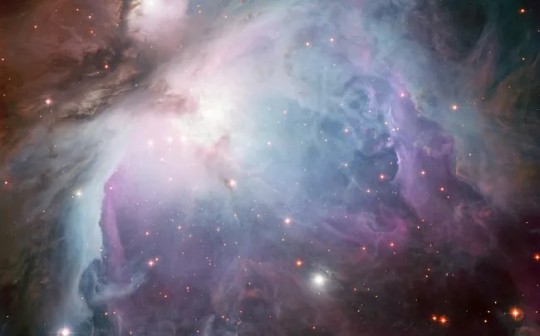

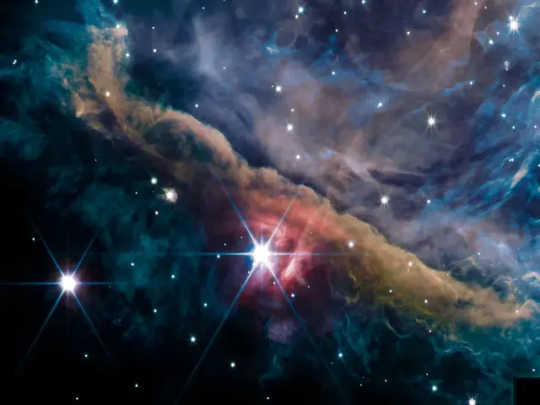
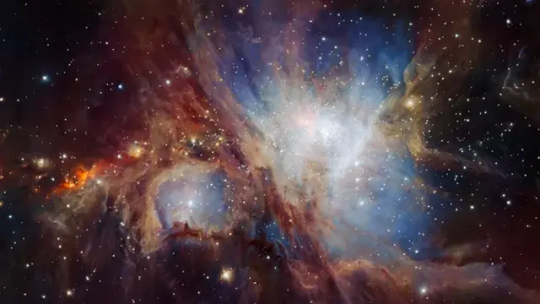
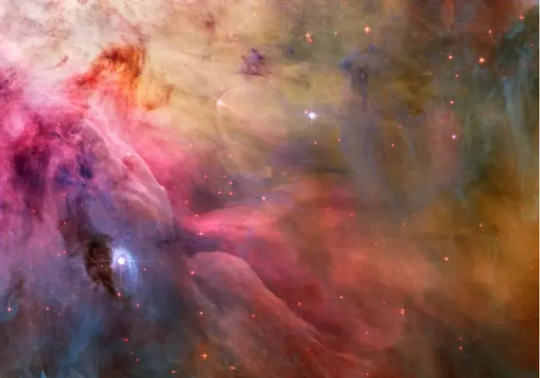
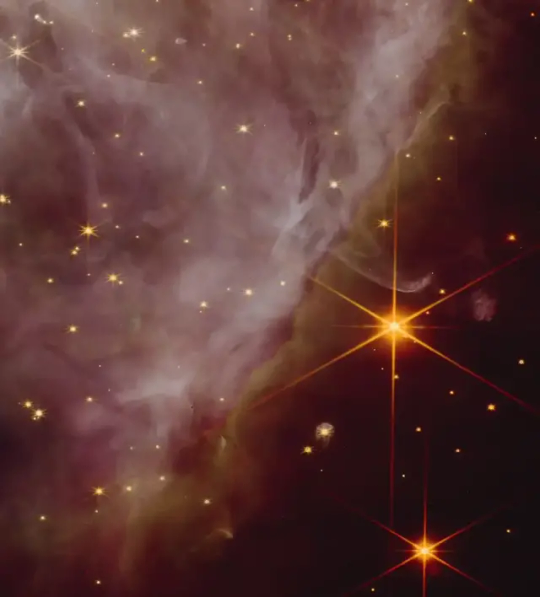
Orion, The Great Hunter
6K notes
·
View notes
Text
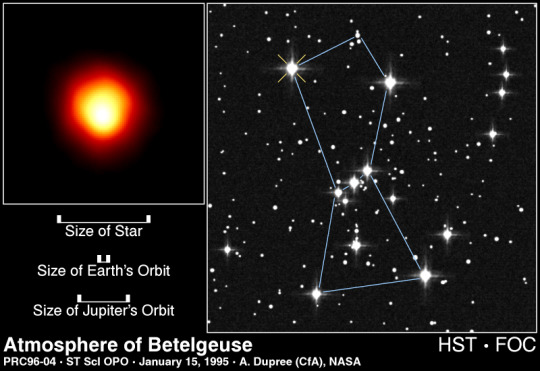
Betelgeuse, Betelgeuse, Betelgeuse - January 22nd, 1996.
"Betelgeuse (sounds a lot like "beetle juice"), a red supergiant star about 600 lightyears distant, is shown here in this Hubble Space Telescope image, which represents the first direct picture of the surface of a star other than the Sun. While Betelgeuse is cooler than the Sun, it is more massive and over 1000 times larger - if placed at the center of our Solar System, it would extend past the orbit of Jupiter. This image reveals a bright hotspot on its surface. Betelgeuse is also known as Alpha Orionis, one of the brightest stars in the familar constellation of Orion, the Hunter. Like many star names, Betelgeuse is Arabic in origin. It is derived from a phrase which refers to the hunter's shoulder or armpit, the general area occupied by this star in drawings of the figure in the constellation. As a massive red supergiant, it is nearing the end of its life and will soon become a supernova."
86 notes
·
View notes
Text

Dusty Orion in infrared © ESA
#orion nebula#space#nasa#esa#astrophotography#universe#galaxy#solar system#stars#night sky#astronomy#cosmos#planet
679 notes
·
View notes
